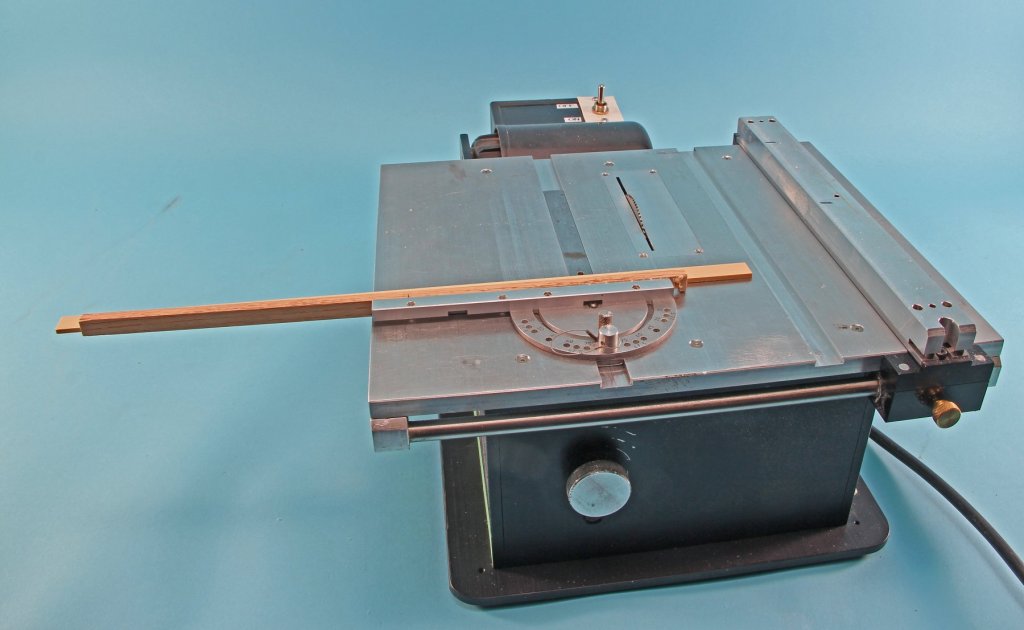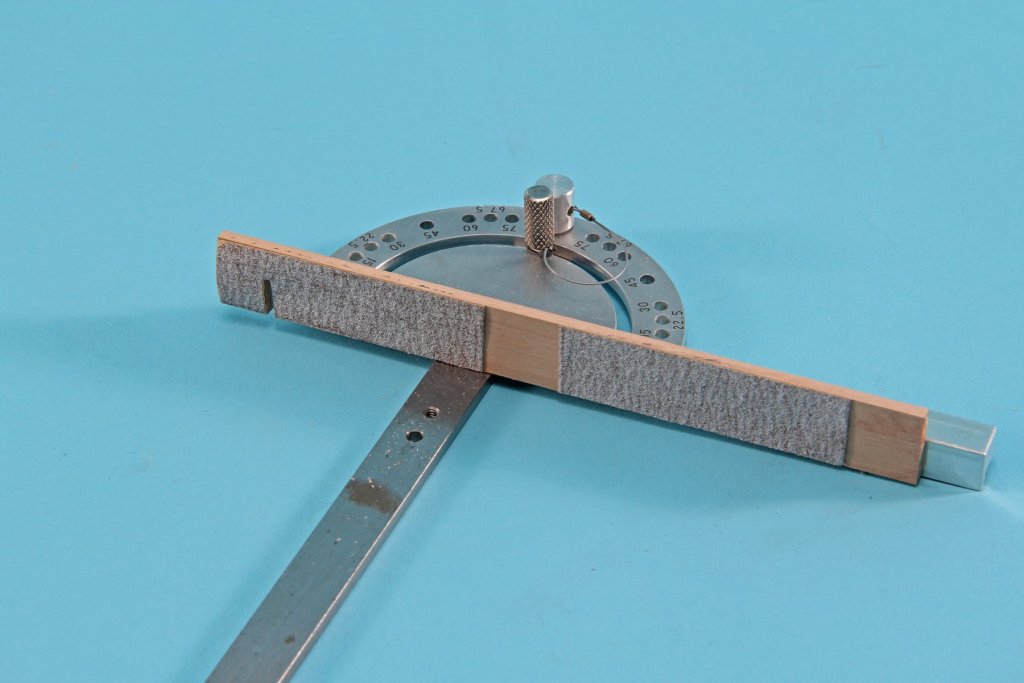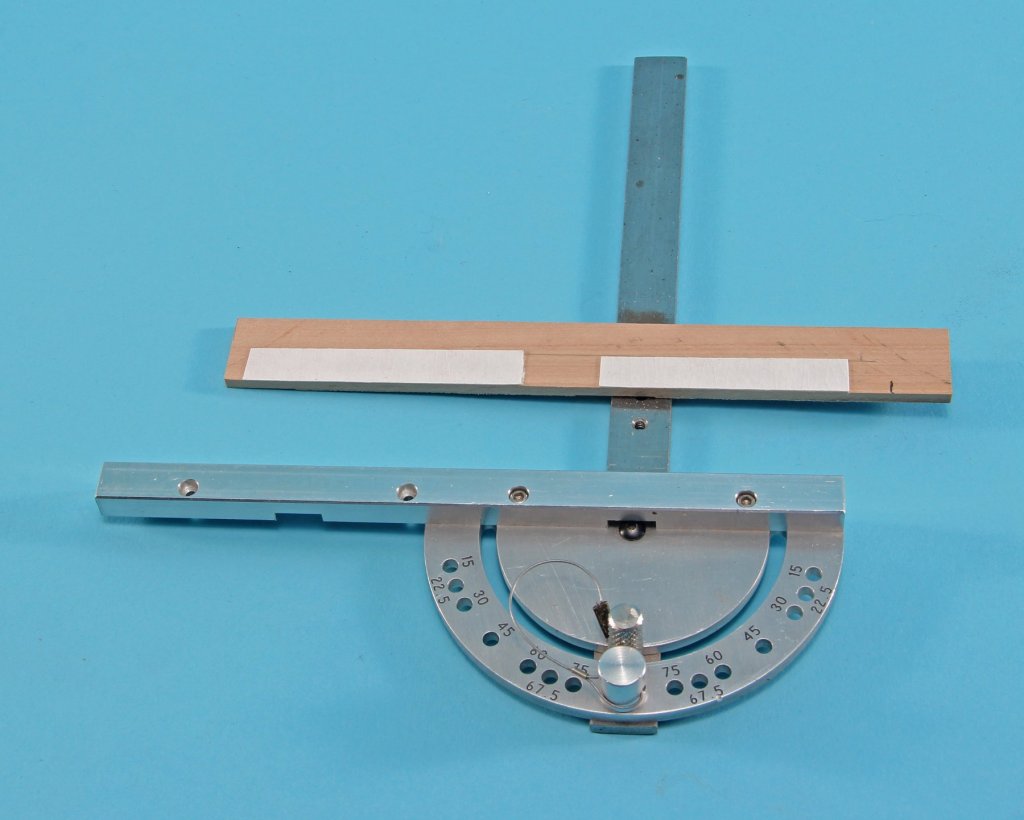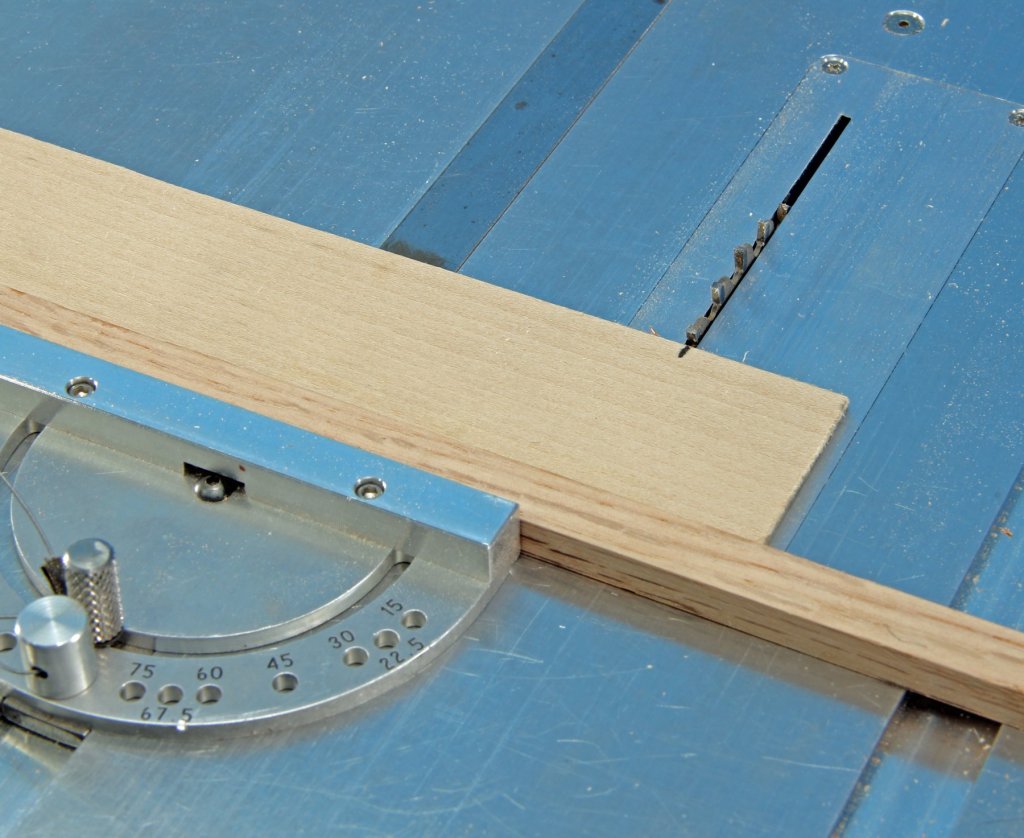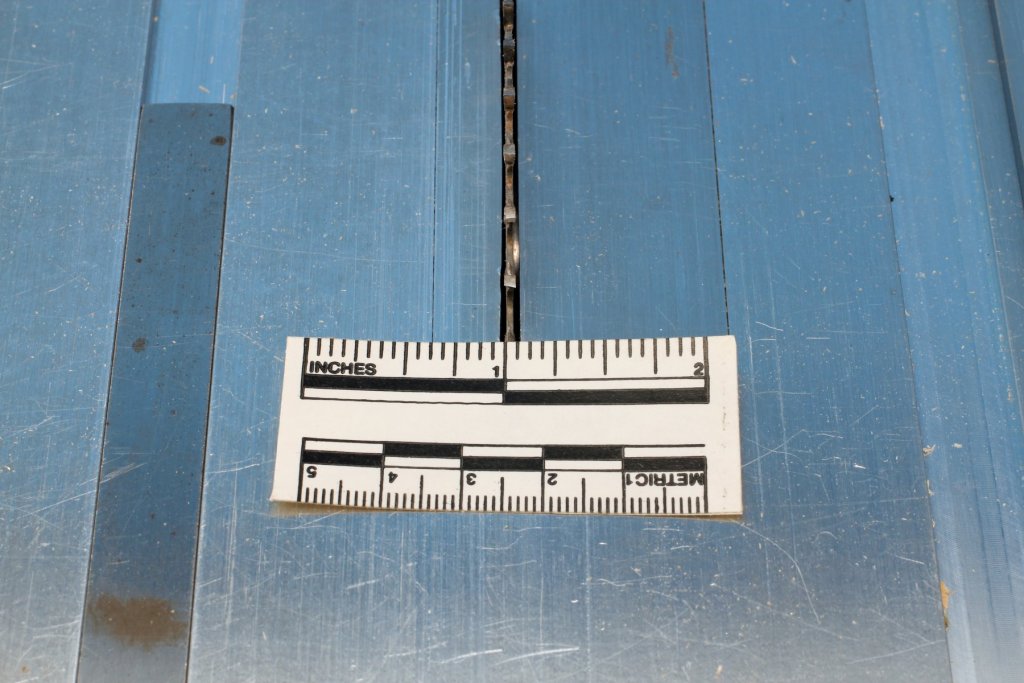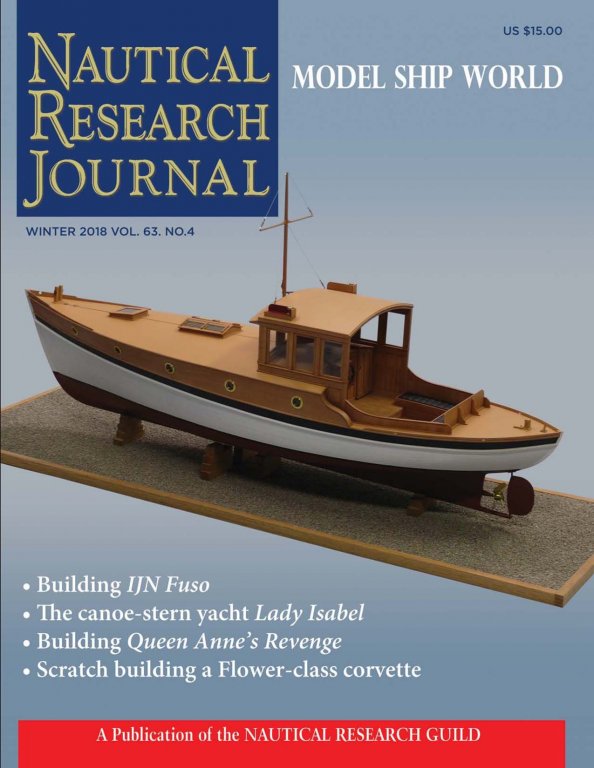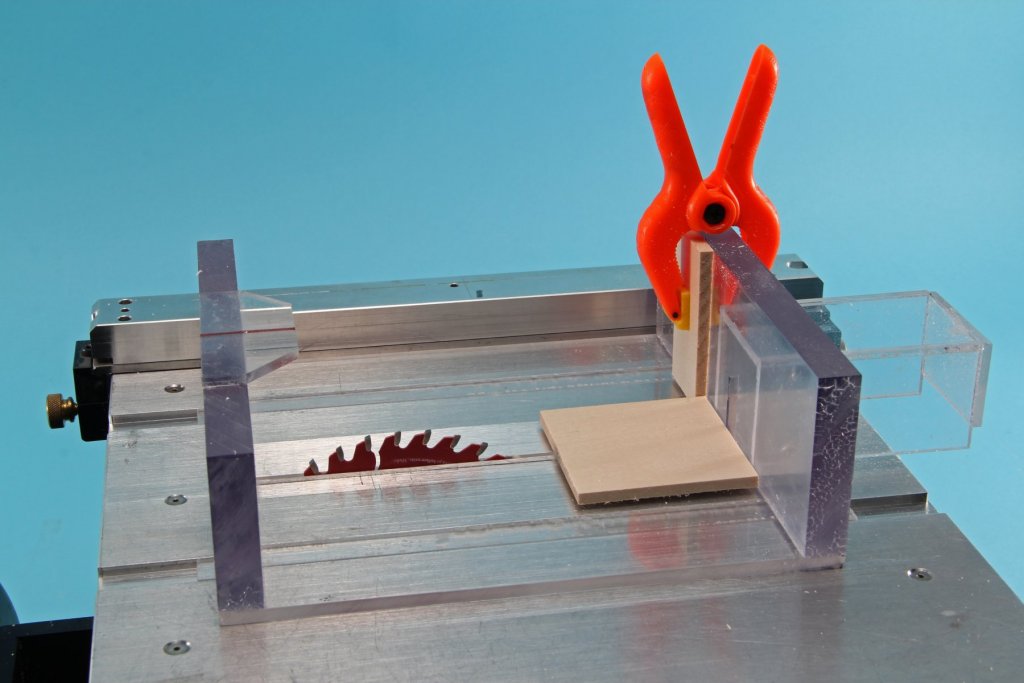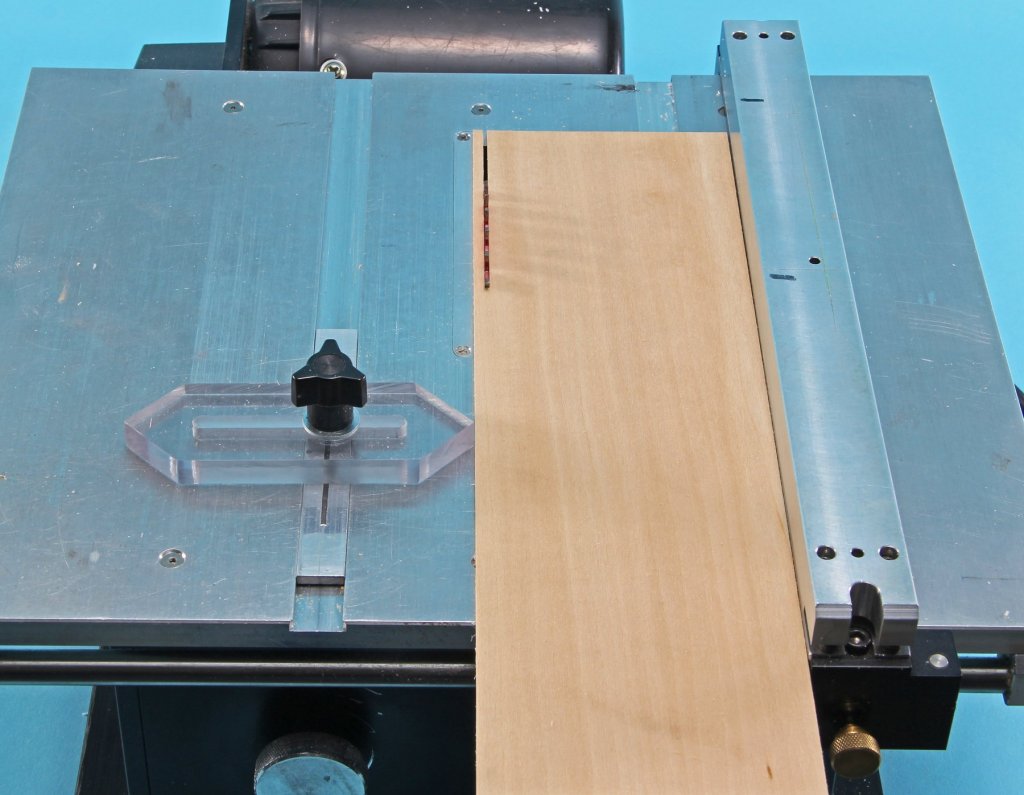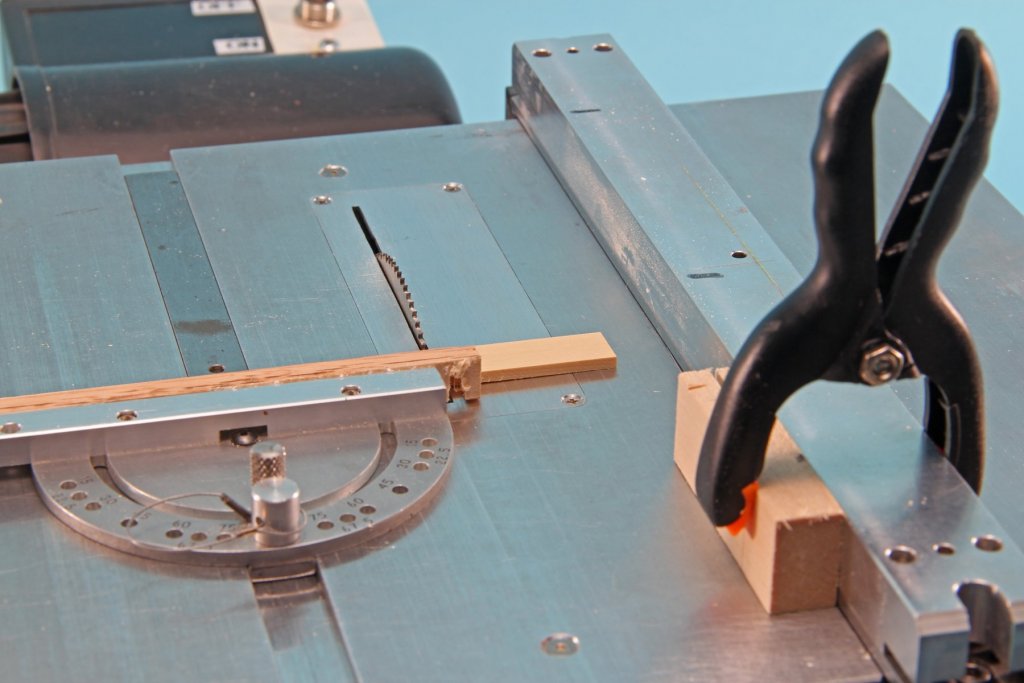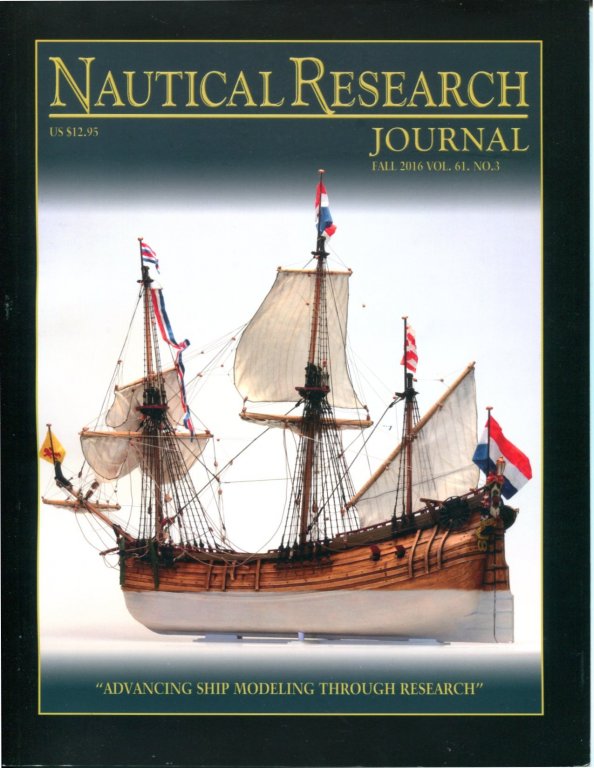-
Posts
3,026 -
Joined
-
Last visited
Content Type
Profiles
Forums
Gallery
Events
Everything posted by kurtvd19
-
Dan: Welcome to MSW. Your business sounds interesting (and I just checked your website) and what you posted about it is OK within our guidelines. However, please read the rules about business postings outside of the dealers section. Again Welcome to MSW Kurt https://modelshipworld.com/index.php?/guidelines/
-

LETTERING
kurtvd19 replied to timjina's topic in Painting, finishing and weathering products and techniques
Use the white background paper for white letters. You have to match the color of the surface you are putting the decal down onto for the area surrounding the letters so the decal doesn't show. Remember to make sure the surface where the decal is going has to be glossy so the decal doesn't "silver" with trapped air between the decal and flat paint - apply the appropriate dull or matte coat over the decals once dry. Kurt -
The Nautical Research Guild (NRG) now has all of the Lexington book and CD files formerly sold by Ships in Scale magazine. The CD with the pdf book is available for $39.95 on a CD disc or $49.95 on a Flash Drive plus $5.00 shipping from the NRG. We do not have it available in the NRG store yet for on-line ordering, but if you call the NRG office (585) 968-8111, Mary can take your card information or give you the PayPal payment information and we can ship you one. You can print out the book or use it on your computer. Take care, Kurt
-

Need help with saw blade output
kurtvd19 replied to bigcreekdad's topic in Modeling tools and Workshop Equipment
Byrnes sells new insert plates for about $8. Lower your blade all the way. Take out the old insert and put the new one in. Move the fience over to cover part of the insert plate but make sure it is short of the blade's location. Clamp it in place and turn the saw on and raise the blade up through the aluminum plate. The slot will be cut by the blade and there will be a very close fit between the blade and the insert. The close clearance keeps the wood backed up on the bottom side and reduces tear out and combined with the wood piece on the miter gauge no tear out on the back side of the piece being cut. Always have the blade high enough so that the teeth are full exposed when cutting through the wood so the sawdust can escape (slitting blades have no off set and shallow tooth throats so saw dust can clog up causing overheating. The blade should be high enough that it is cutting in a downward manner not just towards the operator. Reduces the tendency for kickback. Kurt -

Need help with saw blade output
kurtvd19 replied to bigcreekdad's topic in Modeling tools and Workshop Equipment
Bigcreekdad: Show us a photo of the blade and the aluminum insert plate. If you have set up a zero clearance it should leave a much better edge than what you show. Also back up the miter gauge with a piece of straight hardwood that will back up the piece being cut for a cleaner cut w/o the tear out you are showing. The piece of wood can attach to the miter gauge with 2 faced tape. The photo of the shorter but higher backing piece is what you need for back side tear out prevention. The backing piece can be as long as you want to the left side - just make sure it's straight. For zero clearance make sure the blade and the plate are matched - each width of blade requires a matching zero clearance plate. Examples follow - first is too much clearance and next is correct clearance. This shows too much clearance This shows proper clearance - blade matched to the slot Kurt -

CA adhesive, which one do you use?
kurtvd19 replied to Modeler12's topic in Masting, rigging and sails
I guess in the time frame of models made in the 1700's CA doesn't have much of a track record - but I have stuff glued with CA going back to 1968 - and it's as good as the day it was applied. Acetone is the solvent for CA - apply a bit let it soak in and give it a try - add more if needed. Have never experienced a joint that I wasn't able to get apart using Acetone. All this is personal experience and I don't hesitate to use it where needed. At this point as far as I am concerned the CA glue I use today has a longer life expectancy that I do (same with installing LED bulbs in the house). Kurt -

NRG's JOURNAL is now Digital
kurtvd19 replied to kurtvd19's topic in NAUTICAL RESEARCH GUILD - News & Information
The Fall issue (63.4) is now available to all digital subscribers. Check your email for the NRG's email with the instructions for setting up your password that was sent just a bit ago by our Constant Contact email service. All subscribers have to set a password to access this and future editions. It's just a few easy steps and fully explained. Also, FYI, there is a pdf button on the tool bar that gives subscribers access to a pdf version that can be printed if a copy of an article is desired. Kurt -

How would you improve your Byrnes tools?
kurtvd19 replied to Keith_W's topic in Modeling tools and Workshop Equipment
A good way to make your sander variable speed is to use different areas of the disc. It's spinning at lot faster at the outer edge and slower the closer you go to the shaft. Same RPM but much different feet per second. Kurt -

NRG's JOURNAL is now Digital
kurtvd19 replied to kurtvd19's topic in NAUTICAL RESEARCH GUILD - News & Information
Somehow I left out a couple of words in that sentence - now edited to read as intended The digital is $40. The print is $50 and for an additional $15 you get both the print and digital - total $65. We have had a very good response with many people going for both and nobody mentioned the difference until now. Thanks for mentioning it. Take care, Kurt -

NRG's JOURNAL is now Digital
kurtvd19 replied to kurtvd19's topic in NAUTICAL RESEARCH GUILD - News & Information
If you haven't taken the time to check the free digital edition of the Journal do it today as the Winter issue will soon be available for viewing and it and future editions will require you to sign up for a membership/subscription. The digital issue is released prior to the print issue being mailed The Winter print issue is at the printer and if you have been putting off subscribing now is the time as waiting might mean you miss getting a copy of the Winter issue. Kurt -
Rusty: In my original post - prior to editing I said "Use a calculator to divide by 2" - because that's what I do - but I deleted the bit about using a calculator even though I would always use one. Look at it as another tool we get use in building our models...🤩 Kurt
- 152 replies
-
- medway longboat
- Syren Ship Model Company
-
(and 1 more)
Tagged with:
-
Rusty: I found a very easy way to set the saw to make the half-lap joints. I have a combination height, depth & thickness gauge from a company called iGaging (igaging.com) that takes all the guess work out of setting the saw up. Use the gauge to measure the wood thickness - have the wood on a flat surface. Divide the thickness by 2. Using the iGage tool raise/lower the blade to match the divided thickness. You can make a test cut if you want, but unless you screwed up the math it's going to be right on. The tool is #35-0906 and it's priced anywhere from $16.95 to $22.00 - check carefully as some have free shipping. Rockler also lists the tool. It's got a 6" range of measurement. I have several of this company's products and they are all a good value for our use. I showed the use of this tool for making half lap joints during a round table on saw use and safety at the NRG Conference last month. Take care, Kurt
- 152 replies
-
- medway longboat
- Syren Ship Model Company
-
(and 1 more)
Tagged with:
-

How was the 2018 Conference?
kurtvd19 replied to VinceMcCullough's topic in NAUTICAL RESEARCH GUILD - News & Information
Thanks for posting the photos Clare. I have been promised photos for here and the web site - I didn't have time to take any myself. Will post when they are received. Kurt -

Byrnes Table Saw Tips (requested)
kurtvd19 replied to Matrim's topic in Modeling tools and Workshop Equipment
My home made sliding table showing a positive stop to the right of the blade to make repeated same size cuts. Mine is also made from left over materials from the shop. Not as fancy as the Byrnes model but it gets the job done. For repeated same width cuts use an adjustable fixture to the left of the blade. Set it to the width wanted and after each cut move the fence so the sheet is against the fixture and make repeated cuts. This avoids the cut off piece being trapped between the blade and the fence and no push stick is required for the strip itself like it would be if cut to the right of the blade between the blade and fence. Fixture shown is also shop made from materials on hand. Kurt -

Byrnes Table Saw Tips (requested)
kurtvd19 replied to Matrim's topic in Modeling tools and Workshop Equipment
Moving the gauge black or angle back from the blade provides more room for pieces. Have to move the miter gauge a bit more each time but the offset is a bit safer operation with more space. Kurt -
Welcome to MSW Ab. Ab is very modest - one of his paper models was on the cover of the NRG's Nautical Research Journal - Fall 2016 (61.3) and featured inside Kurt
-
I got some AYC from Chuck and I am using it on a new model and I love the stuff. In my case the model is of a 1890 era canal boat primarily made of White Oak for which I am using Birch - dead ringer at 1/2" = 1' To White Oak. There is also a lot of Yellow Pine used on the boat and the AYC looks perfect in place of Yellow Pine on this model. I was very impressed with the ease of using the AYC as it cuts great on either my Preac or Bynes saws and finishes nicely. I bought a couple of sheets from Chuck and after actually using a bit of it ordered a bunch more - it will be stocked in my shop going forward. And as usual Chuck delivered it quickly and well packeaged. Kurt
-
Sanding photo etch is tricky and probably not needed - I have never had to do it at least. Any sanding should be followed with a cleaning using a grease/oil cutting agent - acetone should work for most crud and lacquer thinner works too - and to get the sanding debris cleaned. I follow the solvent soak with a water rinse and then let the parts air dry. Don't skip the water rinse. If you are on well water or have real hard water you might be advised use distilled water. Next, do not touch the parts with your bare hands. Use tweezers or clean cotton gloves or exam gloves W/O powder! Primer should stick just great. I use an acrylic primer - Badger's Stynylrez - and it and the final color coats stick. This is what has worked for me. Kurt
-
Welcome to MSW Dave. Be sure to start a build log of your Fair American. Kurt
-

Tools, supplies and workstation......
kurtvd19 replied to CPDDET's topic in Modeling tools and Workshop Equipment
Dave: Welcome to MSW and I hope the start of a long time hobby. Both of these topics have been discussed at length on the forum. I suggest you do a search and after reviewing the various Q&A's post your follow up questions to those areas. A search is easy to do - upper right area of the page - type in "basic tools" for one search and "workbench height" for another. This should give you a start. Members will be glad to offer advice. Kurt -
That's the ask a question button. They will not and can not charge you until you give them a card number. Kurt
-

Cutting Planks
kurtvd19 replied to sfotinos's topic in Building, Framing, Planking and plating a ships hull and deck
The sand it is an aluminum extrusion with ridges at each corner. The sandpaper is attached to the recessed area between the raised edges with the raised edges contacting the guide surface. The sandpaper never contacts the tool surfaces. Kurt
About us
Modelshipworld - Advancing Ship Modeling through Research
SSL Secured
Your security is important for us so this Website is SSL-Secured
NRG Mailing Address
Nautical Research Guild
237 South Lincoln Street
Westmont IL, 60559-1917
Model Ship World ® and the MSW logo are Registered Trademarks, and belong to the Nautical Research Guild (United States Patent and Trademark Office: No. 6,929,264 & No. 6,929,274, registered Dec. 20, 2022)
Helpful Links
About the NRG
If you enjoy building ship models that are historically accurate as well as beautiful, then The Nautical Research Guild (NRG) is just right for you.
The Guild is a non-profit educational organization whose mission is to “Advance Ship Modeling Through Research”. We provide support to our members in their efforts to raise the quality of their model ships.
The Nautical Research Guild has published our world-renowned quarterly magazine, The Nautical Research Journal, since 1955. The pages of the Journal are full of articles by accomplished ship modelers who show you how they create those exquisite details on their models, and by maritime historians who show you the correct details to build. The Journal is available in both print and digital editions. Go to the NRG web site (www.thenrg.org) to download a complimentary digital copy of the Journal. The NRG also publishes plan sets, books and compilations of back issues of the Journal and the former Ships in Scale and Model Ship Builder magazines.



